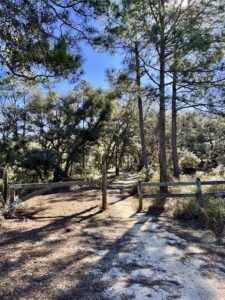An emerging new target for ER positive breast cancer

River Walk, San Antonio, Texas
The famous colourful umbrellas on the San Antonio river walk always remind me of cute little hats, which is a rather apt metaphor for today’s post on an emerging new target for breast cancer.
We have seen some success in ER+/HER2-negative breast cancers with the aromatase inhibitors and CDK4/6 inhibitors in first-line treatment of the disease and the SERDs elacestrant and fulvestrant in earlier and later lines, respectively, but there is still plenty of room for improvement.
If we want to seek out new targets to address either resistance or even synthetic lethal relationships, how might we go about finding them?
In our latest post on this niche, we discuss an emerging target of interest, highlight the competitors in the early landscape and also offer some commentary from a couple of the companies involved…
To continue reading our latest highlights on oncology new product development including commentary and analysis BSB subscribers can log-in or you can click to access the content.
This content is restricted to subscribers



 Then there’s the whole separate debate of which approach to a given target is the best one – a small molecule degrader or an inhibitor or an antibody?
Then there’s the whole separate debate of which approach to a given target is the best one – a small molecule degrader or an inhibitor or an antibody? In the
In the 


